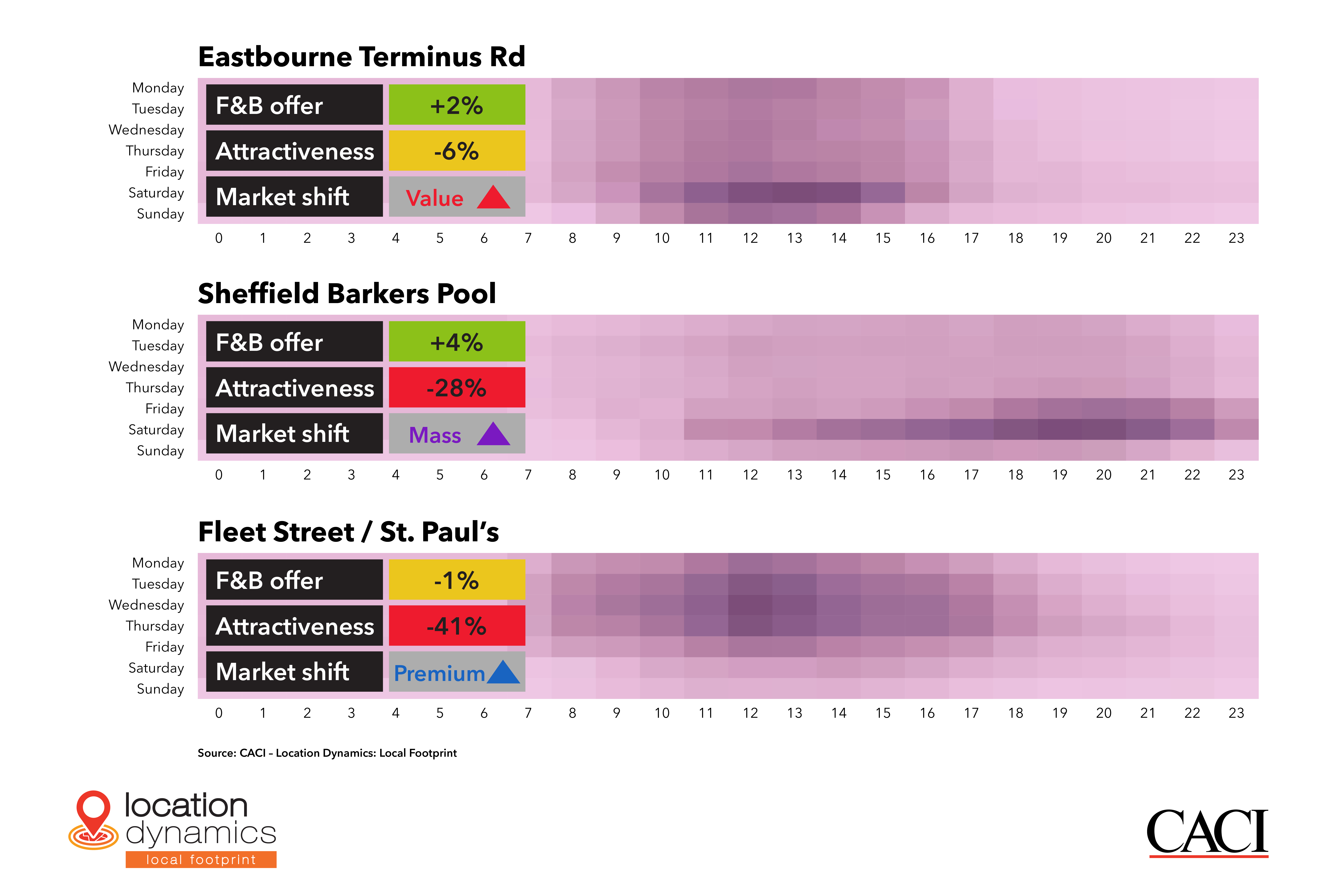
At CACI, we have been supporting charities in optimising their data by supplying ongoing support through solutions, technology, tools and data that work in a more targeted and efficient way and ultimately help more people. Marie Curie, a leading charity dedicated to providing free palliative and end of life care and support to people living with terminal illnesses, has been making significant strides in enhancing its fundraising and supporter engagement strategies. Their work has been raising public awareness and influencing decision-makers across the UK on the issues affecting those reaching the end of their lives and the people closest to them, enabling more people to access high quality care and support when and where they need it most.
In a recent webinar, we came together to share insights into their collaborative efforts of leveraging data for greater impact. In this blog, I’ll uncover the key takeaways from the webinar and the value of Marie Curie’s work with CACI, combining their own data with CACI’s to improve their supporter engagement and ultimately increase income.
Building strong data foundations and data enrichment
I kicked off the webinar by emphasising the importance of building strong data foundations, highlighting common challenges faced by charities, such as siloed data and inconsistent supporter information. These challenges hinder the depth of data insights and the unification and linking of data, ultimately impacting improvements for the quality of end-of-life outcomes and gaining a granular view into supporters. By addressing these foundational issues, Marie Curie can better enrich their data and activate it for meaningful engagement.
Why did Marie Curie embark on a data enrichment journey?
Mark Lumby, Head of Fundraising Insight at Marie Curie, shared the charity’s motivation for embarking on a data enrichment journey: the necessity of understanding more about their supporters beyond basic demographics. The more data charities have access to, the more robust their engagement strategies can be shaped, resulting in more income from supporters. By partnering with CACI, Marie Curie aimed to gain these deeper, necessary insights into supporter profiles, affluence, interests and behaviours.
CACI’s Acorn and Ocean data have played a crucial role in Marie Curie’s data enrichment efforts. Acorn is CACI’s powerful consumer classification tool that segments the UK population by postcode, enhancing the charity’s understanding of different types of people and places by analysing demographic data, social factors and behaviours. Ocean is CACI’s consumer database that offers lifestyle variables, further enhancing Marie Curie’s customer understanding through the ability to assess 100 variables that illustrate supporters’ profiles and interests to target them effectively. Together, these tools have enabled the charity to create detailed supporter profiles and uncover new engagement opportunities.
What were the strategic objectives & key use cases?
Our collaboration with Marie Curie was driven by strategic objectives, including enhancing their product portfolio by identifying overlaps and opportunities for cross-selling. By understanding the profiles of their supporters through a lens enriched by data, Marie Curie could tailor their engagement strategies more effectively by engaging with supporters at individual or segment cohort levels and determine the best methods of interaction via online or offline channels. Through data enrichment, the type of content and messaging could also be crafted to appeal to the target demographic of supporters and personalise their experience.

What has worked well?
Steph Gray from Marie Curie’s insight team shared practical examples of how enriched data has been used to drive value. One notable success was the creation of a profile model for cash appeals, which significantly improved response rates and ROI. By targeting supporters who resembled existing cash donors, the charity improved engagement and secured higher second gift rates.
Marie Curie’s efforts to cross-sell and acquire new supporters have also benefitted from data enrichment. By identifying key audience groups and tailoring their messaging, the charity has seen improved results in cold acquisition campaigns. This targeted approach has led to more effective use of resources and better overall outcomes.
What’s next for Marie Curie?
Going forward, the charity plans to continue refining their data models and datasets and explore new variables for up-to-date, accurate supporter understanding. They aim to combine demographic data with behavioural insights to create even more robust supporter profiles, along with additional creative and channel selection testing. This ongoing commitment to data-driven strategies will help Marie Curie maximise their impact and influence supporter journeys.
Our partnership exemplifies the transformative power of data in the charity sector. By enriching their supporter data and leveraging advanced segmentation tools, the charity has been able to enhance their fundraising efforts and engage supporters more effectively. By watching the webinar here, you can find out how data can drive meaningful change in the charity sector. To learn more about the continuous innovation and strategy refinement Marie Curie is undertaking, visit their Knowledge Hub.















